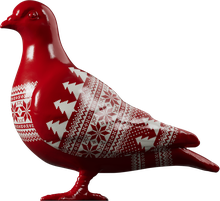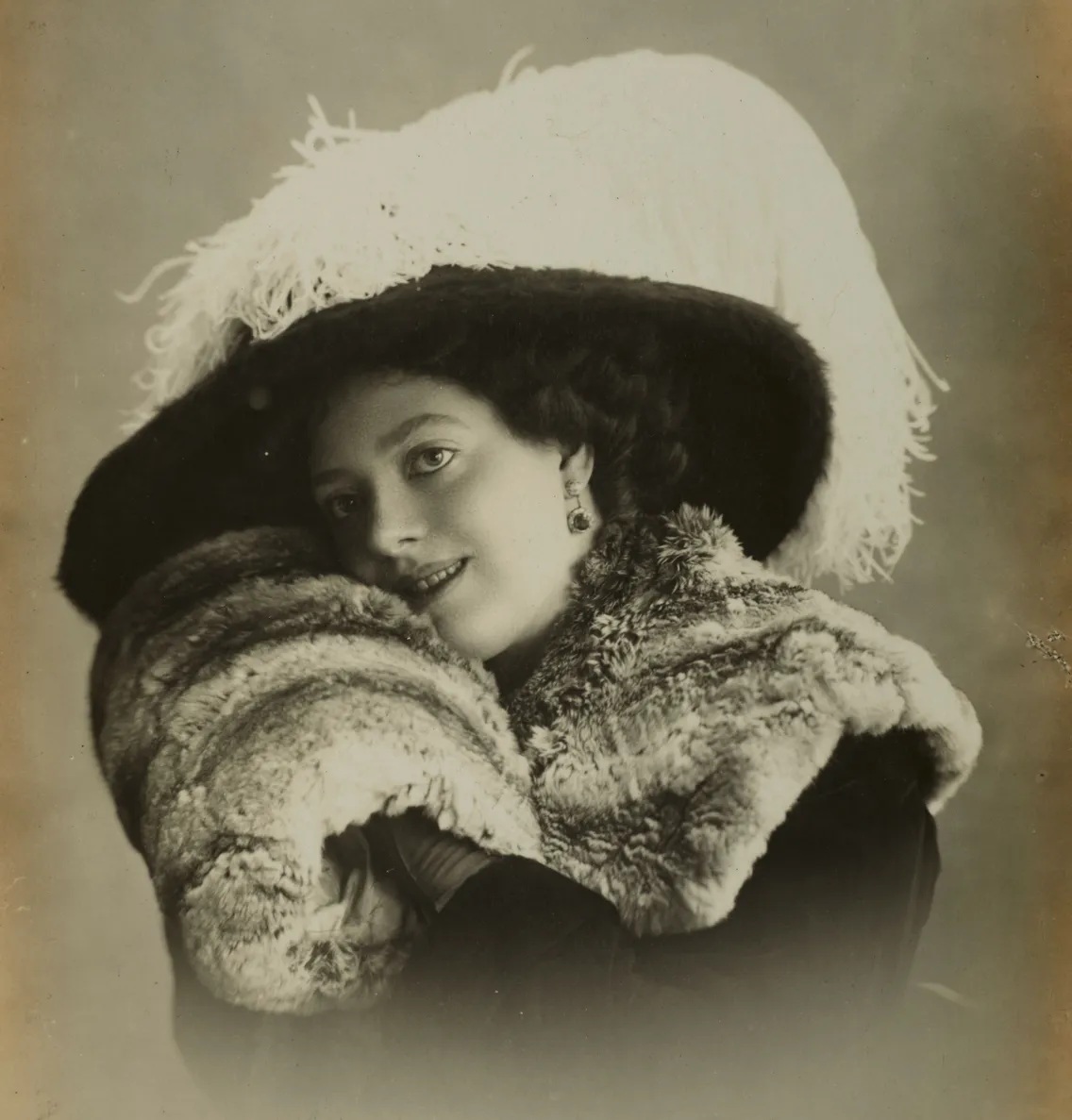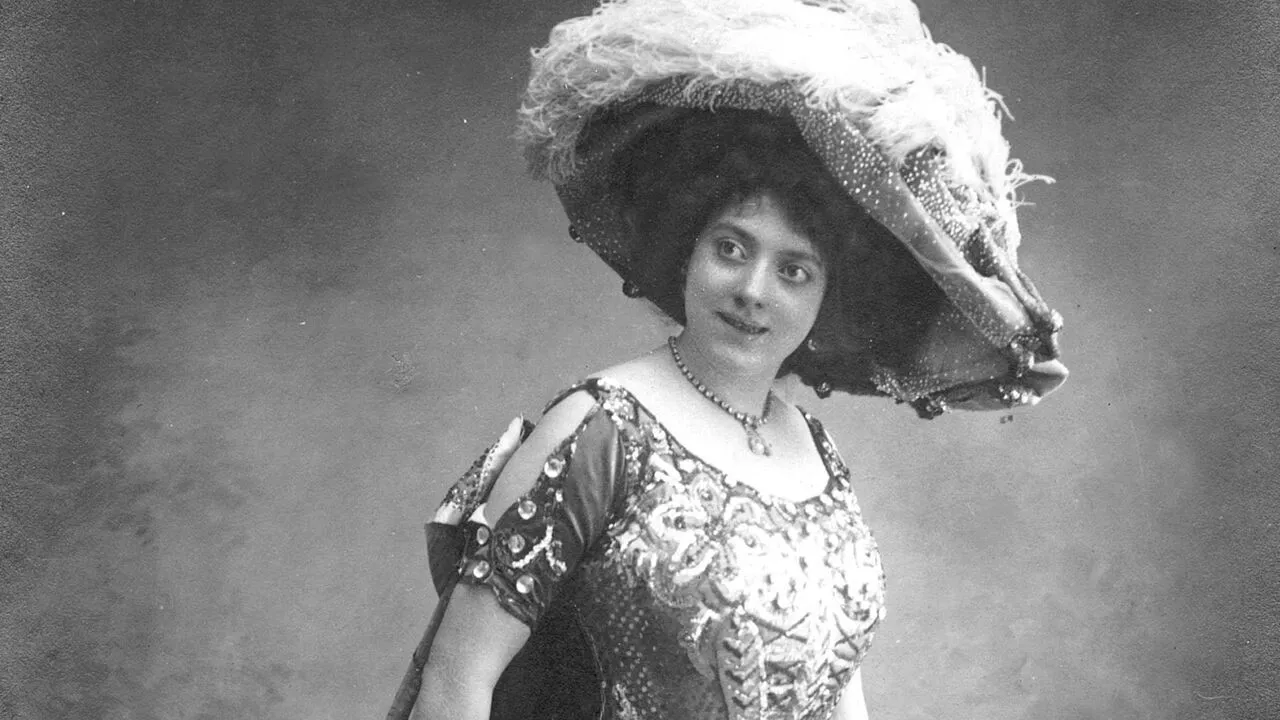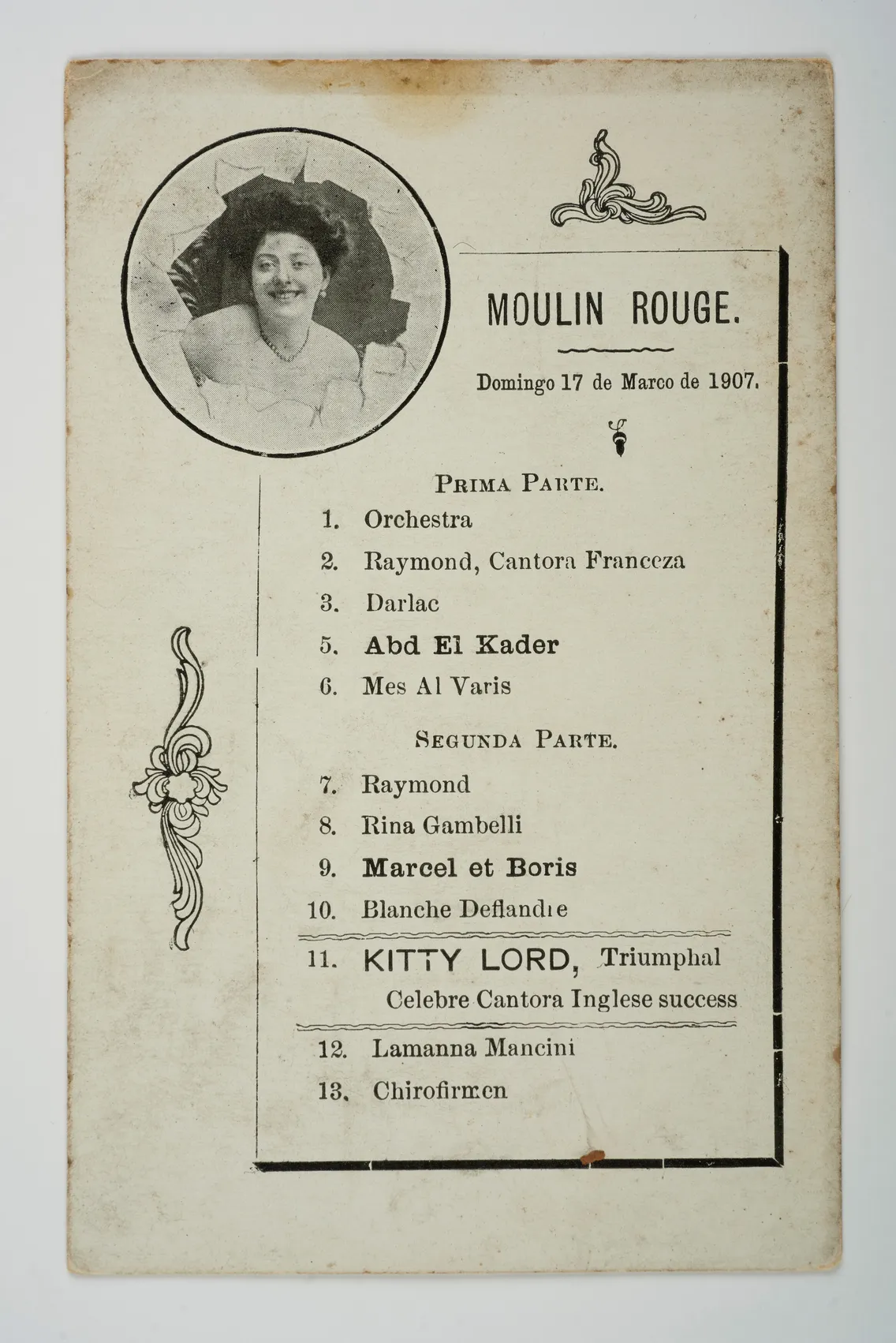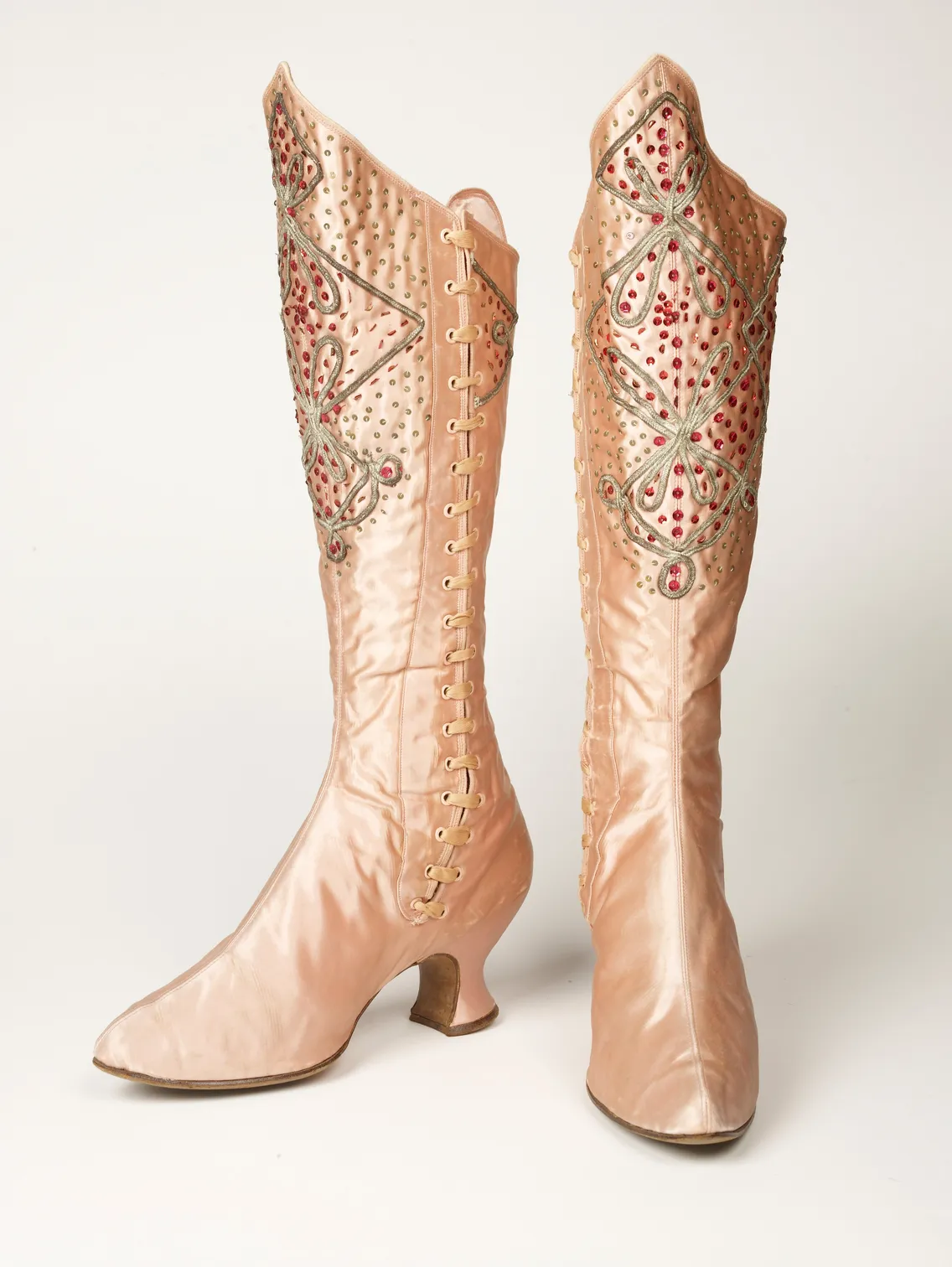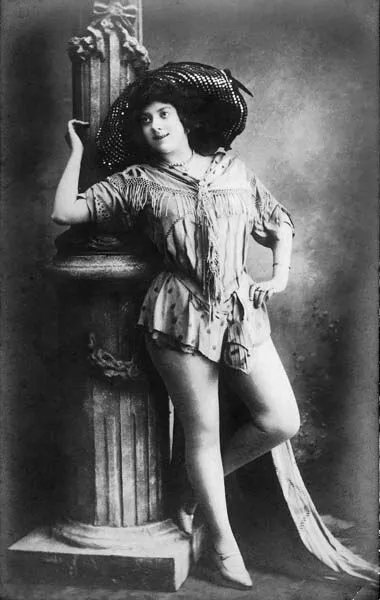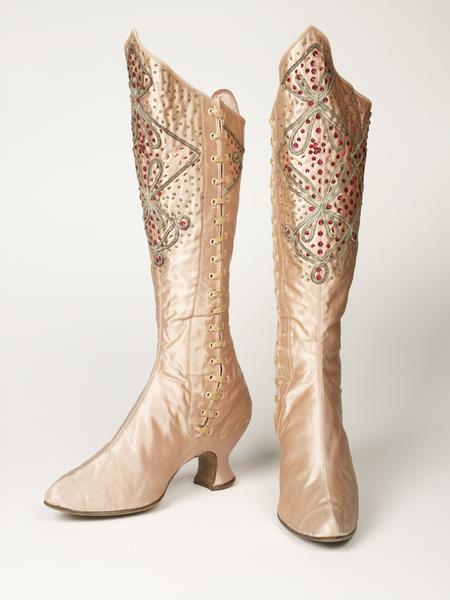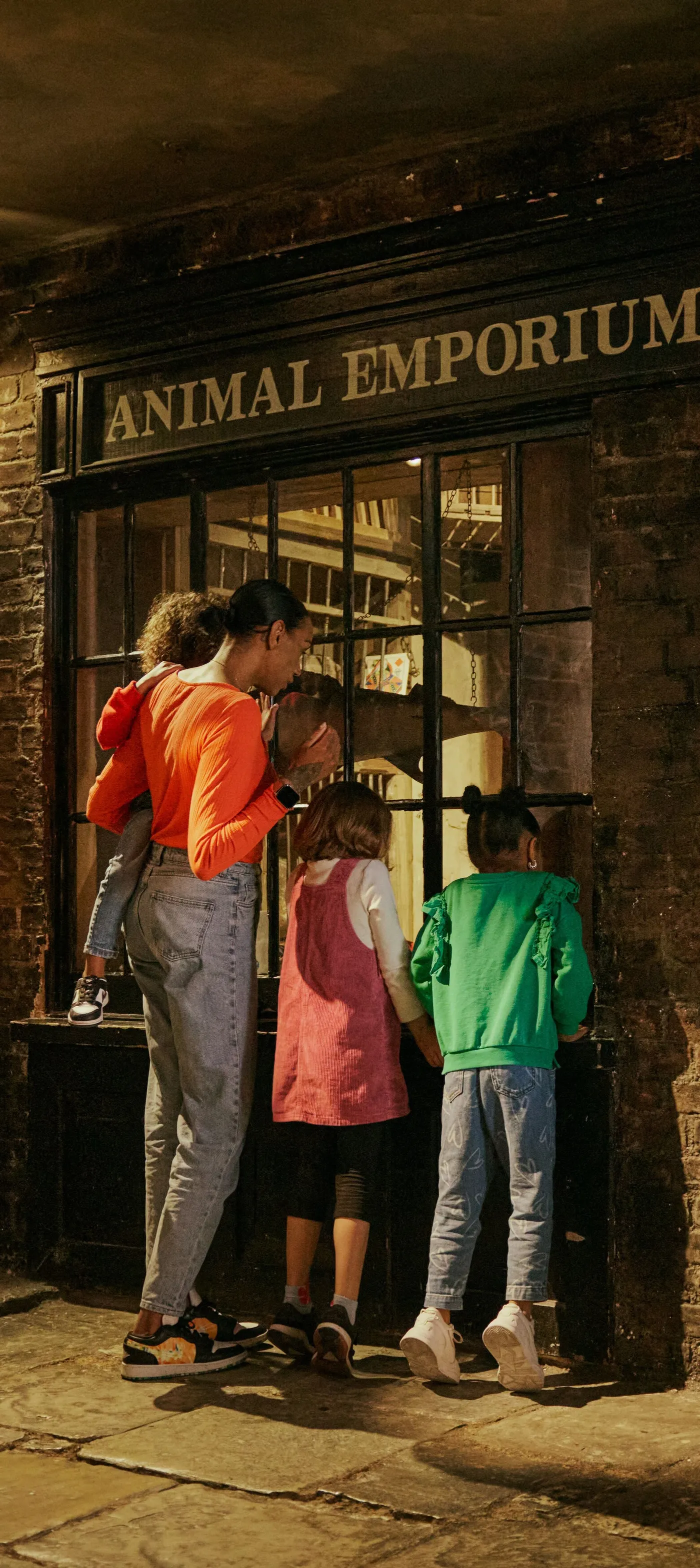Kitty Lord: ‘Eccentric’ dancer who travelled the world
Not much is known of the music hall performer Kitty Lord, who appeared on stages in Italy, France, Brazil and London in the early 1900s.
The Tivoli, The Paragon, The Hippodrome
1883–1972
A stage star from another age
Kitty Lord was a professional performer who sang and danced on the stage in the early 1900s.
This was an age of music hall celebrities in London, and some are rightly remembered. There was ‘Queen of the Music Hall’ Marie Lloyd, ‘coster’ comedian Gus Elen and ‘The Funniest Man on Earth’ Dan Leno.
But despite being extremely popular, getting top billing, and touring the world, Kitty Lord’s two-decade career has been largely forgotten.
Fortunately, the stage performer donated items to our collection, including fabulous costumes, programmes and photographs.
Piecing together her career has taken years of research – and one lucky break. In 1975, her friend Lillian Ballard spotted Lord’s costumes on display at our museum and got in contact. Without her help, Lord’s life may have remained even more of a mystery.
How Kate became Kitty
Lord was born Kate Emma Burbidge on 8 January 1883 in St Pancras, north London. Her father was Edward Owen Burbidge, listed as a ‘caterer’ on Lord’s wedding certificate. Her mother was born Eliza Jane Glendon.
Lord claimed to have started performing in 1894, the year she turned 10. For working-class women, a career performing in music halls was an opportunity for fame and a good income, though it didn’t spare them from extremely hard work.
What was music hall?
An evening at the music hall was a lively one. Singing, dancing and comedy was the main attraction, though shows could also feature magicians and circus acts. The audience ate, drank and sang along.
The performers were often working class. Their acts mixed sexual innuendo, sentimental songs and costumed characters that mocked society and everyday life.
Women dressed as men. Men dressed as women. Working-class people played aristocrats. Performers also portrayed other nationalities and ethnicities in their acts, often resorting to racist stereotypes.
Music hall was widely popular between 1850 and 1920. In 1875, London and its suburbs had 375 music halls.
Kitty Lord appeared at many of them. The Tivoli, on the Strand. The Oxford, on Oxford Street. The Paragon, in Mile End. The London Hippodrome, in Leicester Square.
To fill their programmes, music halls needed plenty of popular performers. A painting in our collection features 231 of them.
Lord shared the stage with big names such as Fred Karno, Ida Barr and Gladys Cooper. In a sign of the changing times, she also later appeared with Hollywood movie star Maurice Chevalier.
Dancing on the world stage
Lord’s first known performance was in 1904, when she appeared in Little Red Riding Hood in two venues in London.
In July 1905, she was in Manchester, and in September, she was in Bristol.
But before the end of the year, Lord was performing internationally, appearing at the Casino in Buenos Aires, Argentina.
A life on tour
In 1908, Lord made a trip to perform in Egypt, something we know about thanks to postcards sent to her by an admirer.
Her next five years were studded with international performances. She may have spent much of her career abroad.
On a bill for a ‘café concerto’, a music hall in São Paulo, Brazil, she’s described as an “English singer”. She appeared with balancing acrobats, singers, human jugglers, a tightrope walker and other performers.
In a 1910 programme advertising a performance at the Salone Margherita in Naples, Italy, she is advertised as “Ketty” Lord, an “eccentrica inglese” – ‘eccentric Englishwoman’. This venue was a famous ‘café chantant’, literally meaning ‘singing cafe’.
A month later the “international eccentric star” headlined a “grand variety concert” in Palermo, sharing the stage with Italian singer Fulvia Musette, also an “eccentrica”.
In reviews of her performances, Lord was called “amusing” and “whimsical”. She was praised for her “grace and enthusiasm” as well as her “brio” – meaning brilliance. The audience loved her so much, she was regularly brought back for four or five encores.
Kitty debuted in Paris in August 1910
An article in Le Journal told its readers: “one must listen to Kitty Lord and her new French chansons which she ‘says’ so amusingly.” This suggests she might have spoken parts of her act.
In August 1910, Lord was at the Ambassadeurs, a café-concert on the Champs-Elysées. She got top billing, interestingly advertised as an “American star”.
She seems to have been firmly established on the Parisian burlesque stage until the end of 1912. A tunic in our collection may date from this time. It bears the label of Eduard Souplet, a maker of stage clothes based in Quartier Pigalle, an area home to the original Moulin Rouge cabaret.
What was an ‘eccentric’ performer?
The word ‘eccentric’ seems to have been used to describe a particular style of dancing or singing between the 1870s and the First World War (1914–1918).
Lord’s performances probably included vigorous dancing as well as risqué singing. Most performers excelling at this style were all described as eccentric. Though no footage of Lord survives, there is a helpful short film from 1902 of Karina, a “French chanteuse eccentrique”.
An 1899 article in the French newspaper Le Fin de siècle also gives us a sense of eccentric dancing. It describes a concert performed for an audience who drank and smoked while watching light-hearted, sometimes risqué acts.
The account is disapproving: “To the sound of catchy, brassy music, the naughty rants and disorderly gestures of the eccentric singer, her crazy wriggling, agitating her suggestive underwear, creates a strange confusion in the atmosphere of the entertainment venues.”
Kitty Lord’s stage costume
Lord’s costume used the fashionable silhouette of the day on her top half, but her lower half was exposed. The outfits allowed her to both conceal and reveal her fashionably curvaceous figure.
To accentuate her appearance, Lord wore padded tights known as symmetricals. “She used to say she was not good-looking,” said Lord’s friend Lillian Ballard, “but she got on all right.”

Kitty Lord in the 1920s, after she’d left show business.
An end to performing
Lord’s last performance that we know about was at the Moulin Rouge in Para, Brazil, in 1913.
Lord retired by 1915. By then, she was married to Cyril Edmund Parker, who worked for Messrs Coutts, a bank. The couple lived together in west London, and in Teddington from the 1930s.
When Lord died on 30 November 1972, she left behind almost £15,000 (around £180,000 in today’s money). It suggests she lived a comfortable life.

